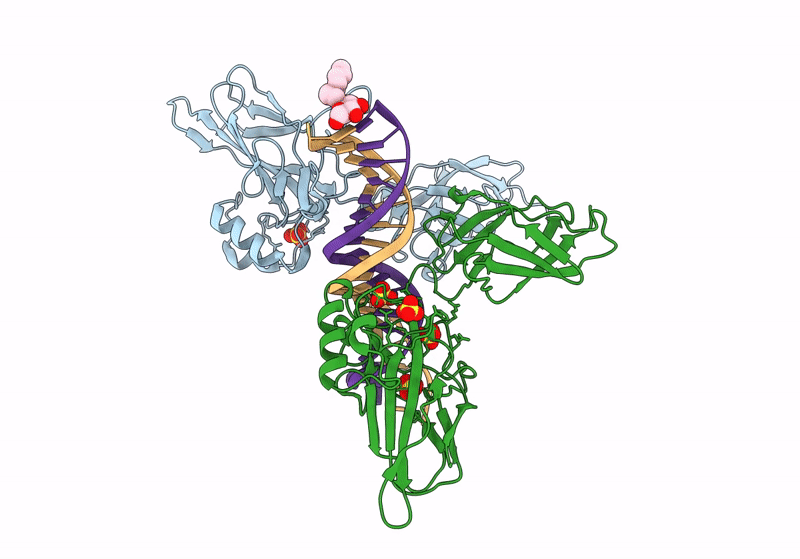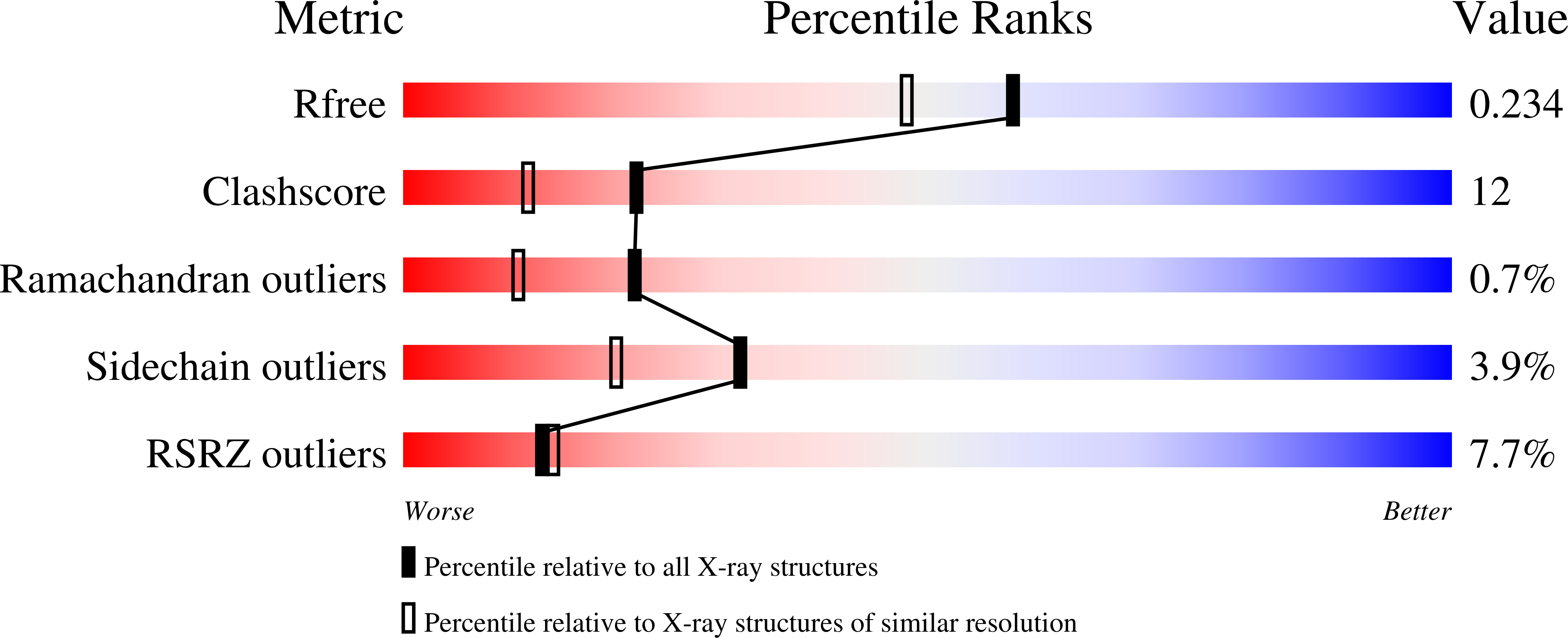
Deposition Date
2024-04-12
Release Date
2024-04-24
Last Version Date
2024-06-12
Entry Detail
PDB ID:
9BDW
Keywords:
Title:
NF-kappaB RelA homo-dimer bound to GC-centric kappaB DNA
Biological Source:
Source Organism:
Mus musculus (Taxon ID: 10090)
Homo sapiens (Taxon ID: 9606)
Homo sapiens (Taxon ID: 9606)
Host Organism:
Method Details:
Experimental Method:
Resolution:
1.87 Å
R-Value Free:
0.22
R-Value Work:
0.15
R-Value Observed:
0.15
Space Group:
P 21 21 2


